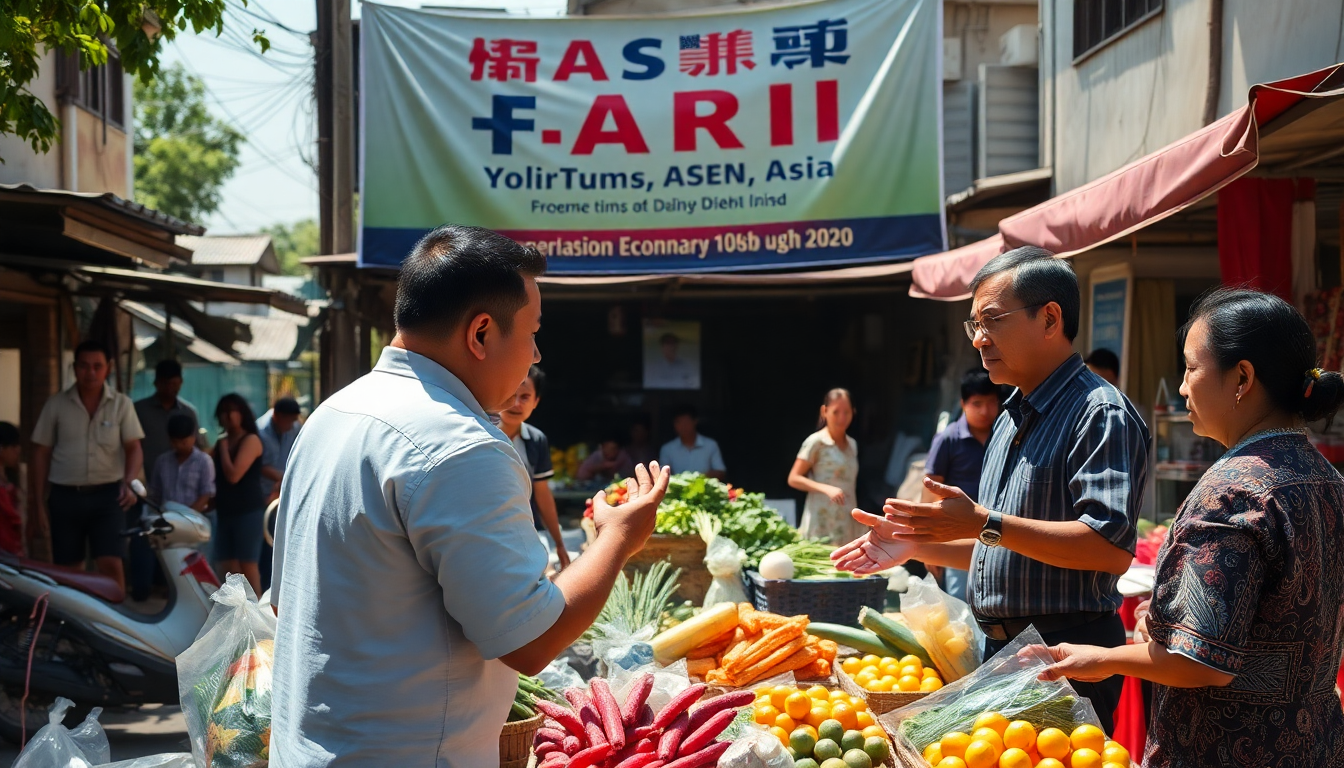Table of Contents
The relationship between the United States and the Association of Southeast Asian Nations (ASEAN) is currently navigating some choppy waters. Why, you ask? Well, it all boils down to **punitive tariffs** and a noticeable drop in **financial aid**. These changes have sparked a wave of uncertainty regarding the dependability of American commitments in the region. As experts take a closer look, they’re highlighting a growing sentiment of **American ‘unreliability’** in Southeast Asia, a feeling shared by many stakeholders across the area.
What’s Happening with US-ASEAN Relations?
Recent economic policies from the US government, especially those punitive tariffs aimed at various countries, have raised some serious eyebrows among ASEAN nations. These measures are seen not just as a direct attack on trade but also as a hint at the US’s shifting priorities. Experts argue that this unpredictability is shaking the very foundations of the partnerships the US has built in Southeast Asia. Countries are starting to question how much they can depend on American support. To make matters worse, the reduction in aid is amplifying these concerns, leading to a growing skepticism about the US’s commitment to its allies in the region. As nations try to balance their relationships with both the US and China, the need for **trustworthy partnerships** has never been more critical. The stakes are high, and the impact of these policies could dramatically alter the geopolitical landscape of Southeast Asia.
How Are ASEAN Countries Responding?
In response to these shifting dynamics, ASEAN nations are taking a hard look at their strategies and alliances. The idea of shared defense responsibilities, championed by US officials, is hitting home with regional leaders who are keenly aware of the geopolitical changes occurring around them. Countries like **Vietnam**, **Indonesia**, and **Malaysia** are actively exploring ways to bolster their defense capabilities, often turning to regional partnerships to navigate the risks posed by both American and Chinese policies. This perception of a **’reliability gap’** has prompted some ASEAN members to seek out alternative alliances, diversifying their partnerships to secure national safety and economic stability. It’s a strong reminder that in international relations, **location and strategic positioning** are everything.
Looking Ahead: What’s Next?
The implications of the current economic landscape and the perceived unreliability of the US could be huge. As ASEAN countries look to recalibrate their relationships, there’s potential for increased cooperation among regional powers. The ongoing tug-of-war for influence in Southeast Asia between the US and China might lead to new alliances that prioritize regional stability over traditional ties. So, what does this mean for the future? It’s crucial for the US to take a step back, reassess its approach to Southeast Asia, and focus on rebuilding trust. The way these relationships evolve in the coming years will be key to understanding the region’s dynamics as it faces external pressures and internal challenges.


